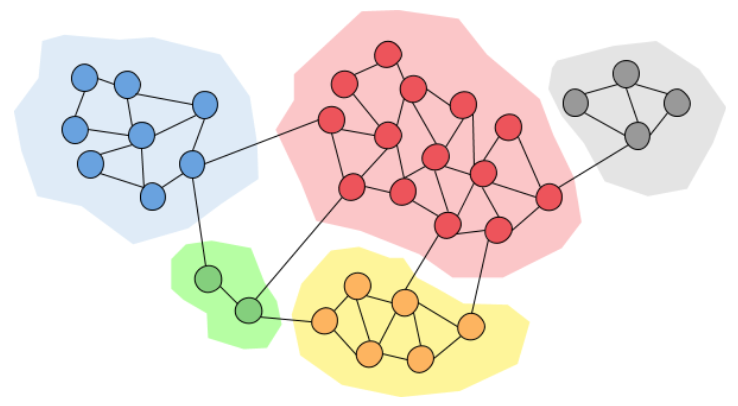
Make unlimited summaries with AI!
Upgrade to PRO US$ 7.0/m
No restricted functions
None
The article "Ethnomathematics in Sasak Community" explores the application of ethnomathematics in understanding the mathematical practices of the Sasak people in Lombok, Indonesia. The author argues that the Sasak community has a rich cultural heritage reflected in their mathematical practices, which are based on customs and traditions. The study reveals a strong sense of numeracy and spatial reasoning among the Sasak people, evident in their architecture and public spaces. Examples include the use of geometric shapes and patterns in traditional clothing, non-standard units for measuring distances and volumes, and a unique "micro" unit of measurement. The author highlights the cultural significance of symmetry and balance in the designs of the Sasak people.The study contributes to challenging Western-centric views of mathematics by demonstrating the diversity of mathematical practices across cultures. The author suggests that studying ethnomathematics can provide insights into the nature of mathematics and its role in different societies. Overall, the article is well-structured and well-written, with clear explanations and evidence to support the claims. It makes a valuable contribution to the field of ethnomathematics by highlighting the importance of studying non-Western mathematical practices.
PRO users get Higher Quality summaries
Upgrade to PRO US$ 7.0/m
No restricted functions
Summarize text
Summarize text from file
Summarize text from website
Get better quality outputs with more features
Become PRO
Sasak Community
Sasak people
mathematical practices
Sasak
Indonesia
Lombok
mathematical
practices
Sasak people.The
Community
Related summaries

Get better quality outputs with more features
Become PRO